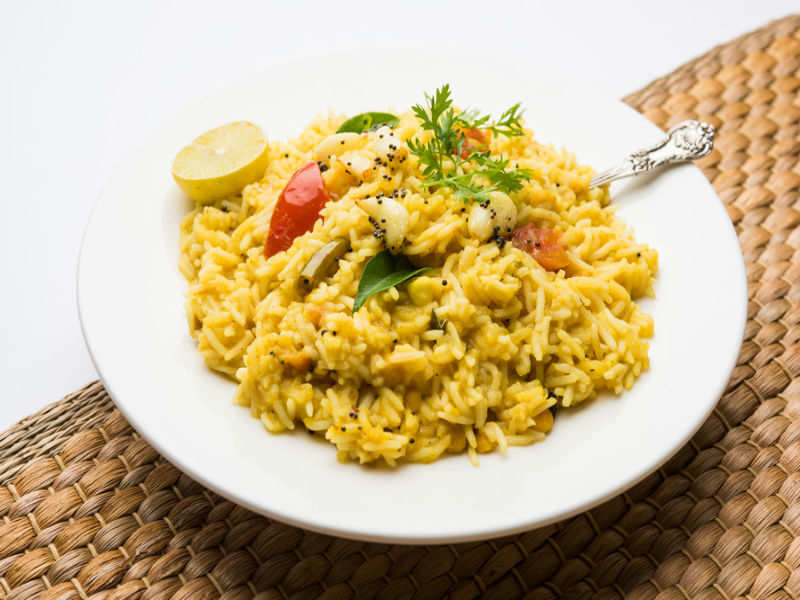State board to go paperless: BSEB chairman Anand Kishor
Faryal Rumi | TNN | Feb 3, 2019, 14:03 IST File photo of Bihar School Examination Board (BSEB) chairman Anand Kishor.
File photo of Bihar School Examination Board (BSEB) chairman Anand Kishor.PATNA:
With the Matriculation and Intermediate examinations scheduled to begin from February 6 and 21, respectively, Bihar School Examination Board (BSEB) chairman Anand Kishor talked to Faryal Rumi about changes in the pattern of exams. Excerpts:
What will the Board do to ensure fair exams?
This year the Board has prepared 10 sets of questions which are different from each other. Nobody, including teachers, will be allowed to take cellphones inside the exam hall. There is no chance of the papers going viral.
What steps have been taken to make the exams more student-friendly?
We have introduced bar-coded answer copies with details of students printed on the first page. They will have to fill only three blanks — medium of examination, signature and set number of question paper. We are also going to launch a mobile app which will help students locate their exam centres across the state.
How will the Board make sure that students don’t cheat in exams?
Students have been asked not to wear socks and shoes and will be frisked twice before entering the examination hall. Those, who are caught using unfair means during the exams, will be suspended.
Many state board examinees are not able to score more than 85% which does not let them take admission to prominent universities in India. What will you do in this regard?
The Board has increased the number of long answer type questions this time. There will be 27 subjective questions carrying three and five marks. Students will be free to attempt 15 questions of their choice. We have also organized a workshop-cum-training programme for evaluators and asked them to award partial and step-wise marks to students.
What other steps are you taking to improve the functioning of the Board?
We are planning to go paperless. We have set up nine regional centres — Patna, Gaya, Bhagalpur, Darbhanga, Muzaffarpur, Purnia, Chhapra, Munger and Saharsa — whose permanent offices will be ready this year.
What will the Board do to ensure fair exams?
This year the Board has prepared 10 sets of questions which are different from each other. Nobody, including teachers, will be allowed to take cellphones inside the exam hall. There is no chance of the papers going viral.
What steps have been taken to make the exams more student-friendly?
We have introduced bar-coded answer copies with details of students printed on the first page. They will have to fill only three blanks — medium of examination, signature and set number of question paper. We are also going to launch a mobile app which will help students locate their exam centres across the state.
How will the Board make sure that students don’t cheat in exams?
Students have been asked not to wear socks and shoes and will be frisked twice before entering the examination hall. Those, who are caught using unfair means during the exams, will be suspended.
Many state board examinees are not able to score more than 85% which does not let them take admission to prominent universities in India. What will you do in this regard?
The Board has increased the number of long answer type questions this time. There will be 27 subjective questions carrying three and five marks. Students will be free to attempt 15 questions of their choice. We have also organized a workshop-cum-training programme for evaluators and asked them to award partial and step-wise marks to students.
What other steps are you taking to improve the functioning of the Board?
We are planning to go paperless. We have set up nine regional centres — Patna, Gaya, Bhagalpur, Darbhanga, Muzaffarpur, Purnia, Chhapra, Munger and Saharsa — whose permanent offices will be ready this year.



































All Comments ()+^ Back to Top
Refrain from posting comments that are obscene, defamatory or inflammatory, and do not indulge in personal attacks, name calling or inciting hatred against any community. Help us delete comments that do not follow these guidelines by marking them offensive. Let's work together to keep the conversation civil.
HIDE